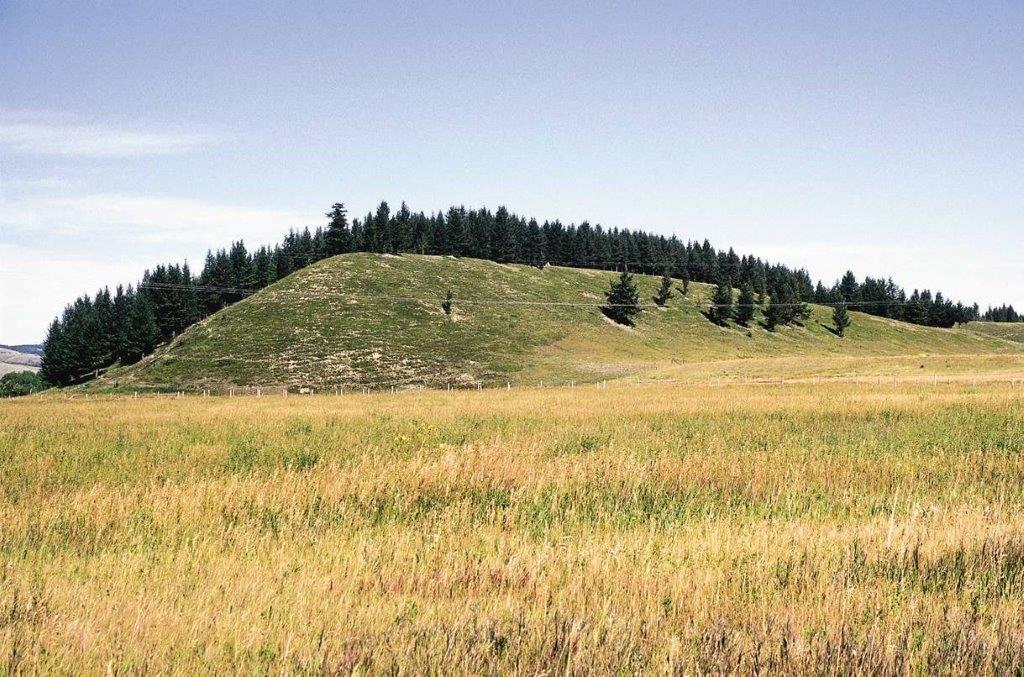
Drumlins are one of the most fascinating features of glacial landscapes, offering clues to the powerful forces that shaped our planet during the Ice Age. These streamlined, elongated hills of glacial till (a mix of clay, sand, gravel, and boulders) are formed beneath glaciers and ice sheets, creating distinctive landscapes that tell the story of Earth's glacial past.
Drumlins are typically teardrop-shaped hills that are formed under the ice sheets as they move across the land. They usually range from a few meters to several hundred meters in height, and they can stretch for hundreds of meters in length. The name "drumlin" comes from the Irish word "droim," meaning "ridge."
These landforms are often found in clusters, known as drumlin fields or swarms, which can cover vast areas of land. The smooth, tapered end of the drumlin points in the direction that the glacier was moving, providing valuable information about the flow of ancient ice sheets.
How Do Drumlins Form?
The exact process of drumlin formation is still debated among scientists, but the prevailing theory is that they are formed by the deposition of glacial till beneath a moving glacier. As the glacier advances, it sculpts the landscape, eroding some areas while depositing material in others. Drumlins are thought to form when this deposited material is shaped by the flow of the ice, creating the distinctive elongated, streamlined hills we see today.

Some theories suggest that drumlins may also form from the reshaping of existing sediments or bedrock by the ice, rather than solely through deposition. The variety of shapes and sizes of drumlins suggests that multiple processes could be at work, depending on the specific conditions of the glacier and the landscape it moves across.
The Significance of Drumlins
Drumlins are more than just interesting landforms; they are valuable tools for understanding the history of Earth's glaciations. By studying drumlins, geologists can reconstruct the direction and movement of glaciers that once covered large parts of the planet. This information helps scientists understand past climate conditions and the dynamics of ice sheets, which is crucial for predicting future changes in our climate.
Drumlin fields are also important for understanding how glaciers interact with the land beneath them. They provide insights into the processes of erosion, deposition, and the mechanical behavior of ice, all of which are key to understanding how glaciers shape the Earth's surface.
Where Can You Find Drumlins?
Drumlins are found in many parts of the world that were once covered by glaciers, including North America, Northern Europe, and parts of New Zealand. Some of the most famous drumlin fields can be found in Ireland, the United Kingdom, and the northeastern United States, where the landscapes are dotted with these distinctive hills.
In these regions, drumlins create unique topographies that are often used for agricultural purposes, as the soil deposited by glaciers can be very fertile. The gentle slopes of drumlins also make them ideal for farming and settlement.
As we continue to study drumlins, we gain a deeper understanding of the dynamic processes that shaped our world and the ongoing changes in our planet's climate.
